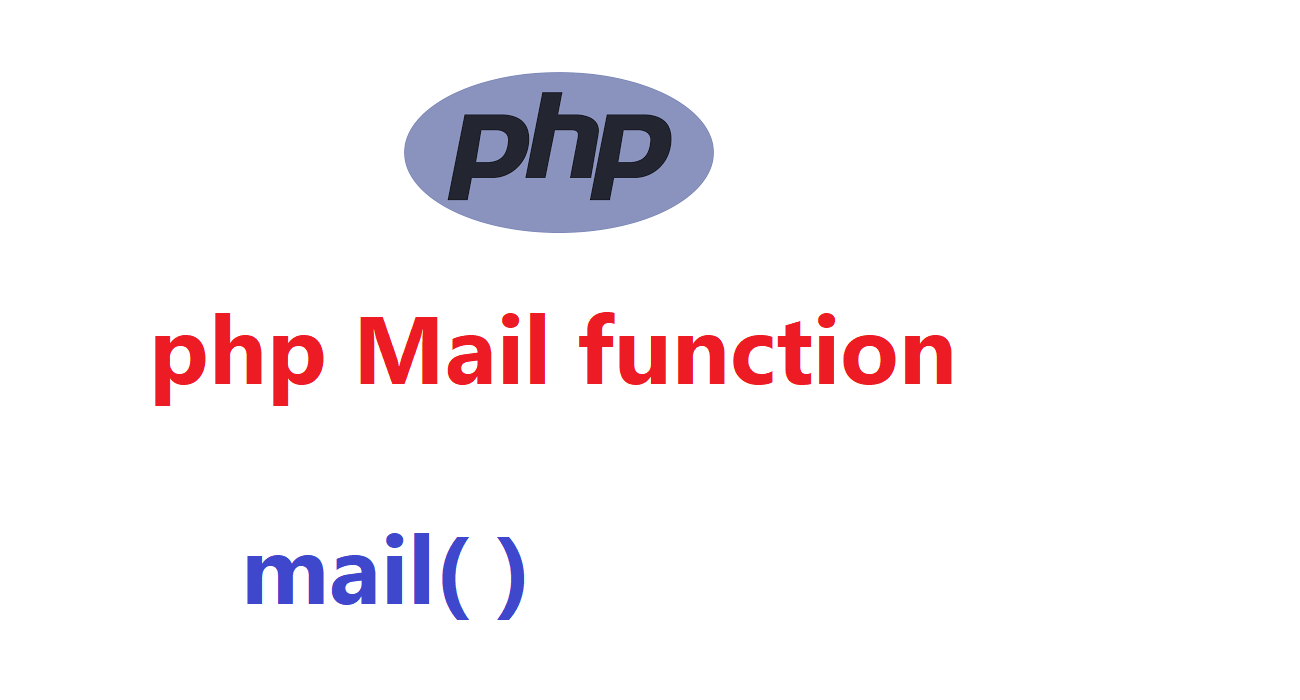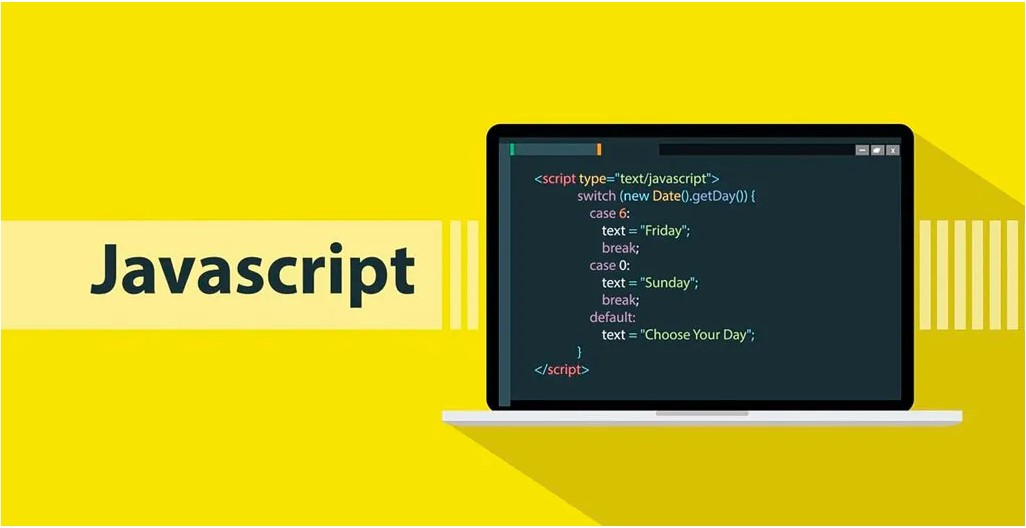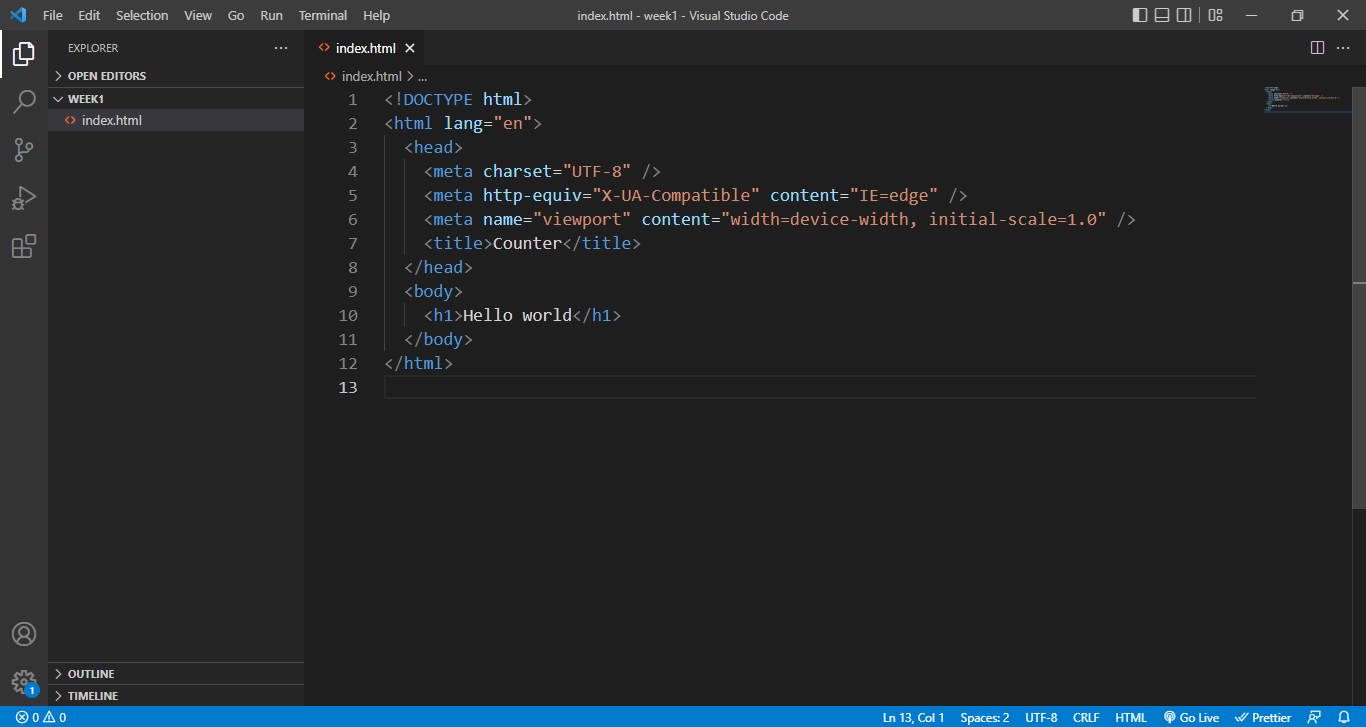PHP Mali function by ocec

The PHP mail() function is a built-in function used to send emails directly from a script. It is a simple and easy-to-use function for sending basic text emails. Here is an overview of its usage, including an example and some important considerations:
Syntax :
bool mail ( string $to , string $subject , string $message [, string $additional_headers [, string $additional_parameters ]] )
Parameters
- $to: The recipient's email address.
- $subject: The subject of the email.
- $message: The body of the email.
- $additional_headers (optional): Additional headers to include in the email, such as From, Cc, Bcc.
- $additional_parameters (optional): Additional parameters for the mail sending program, such as -fwebmaster@example.com to set the envelope sender address.
Example
Here’s a basic example of using the mail() function to send an email:
<?php
$to = "recipient@example.com";
$subject = "Test Mail";
$message = "Hello! This is a simple email message.";
$headers = "From: sender@example.com\r\n" .
"Reply-To: sender@example.com\r\n" .
"X-Mailer: PHP/" . phpversion();
if(mail($to, $subject, $message, $headers)) {
echo "Email sent successfully.";
} else {
echo "Failed to send email.";
}
?>
The $headers parameter in the PHP mail() function allows you to specify additional headers for the email. Here are some commonly used headers you can include:
- From: Specifies the sender's email address.
- Reply-To: Specifies the email address where replies should be sent.
- Cc: Sends a carbon copy of the email to the specified address(es).
- Bcc: Sends a blind carbon copy of the email to the specified address(es).
- MIME-Version: Specifies the version of MIME used.
- Content-Type: Specifies the content type of the email, such as text/plain or text/html.
- Content-Transfer-Encoding: Specifies the encoding of the email content.
- X-Mailer: Provides information about the mailer used to send the email.
- Date: Specifies the date and time the email was sent.
- Message-ID: Provides a unique identifier for the email.
- Return-Path: Specifies the email address where bounce messages should be sent.
- Organization: Specifies the organization name.
- Priority: Sets the priority of the email (e.g., normal, urgent).
Example Usage of Headers
$headers = "From: sender@example.com\r\n" .
"Reply-To: replyto@example.com\r\n" .
"Cc: cc@example.com\r\n" .
"Bcc: bcc@example.com\r\n" .
"MIME-Version: 1.0\r\n" .
"Content-Type: text/html; charset=UTF-8\r\n" .
"Content-Transfer-Encoding: 8bit\r\n" .
"X-Mailer: PHP/" . phpversion() . "\r\n" .
"Date: " . date('r', time()) . "\r\n" .
"Message-ID: <" . uniqid() . "@example.com>\r\n" .
"Return-Path: returnpath@example.com\r\n" .
"Organization: Example Organization\r\n" .
"Priority: urgent\r\n";
Detailed Descriptions
From:
- Example: From: sender@example.com
- Description: Indicates the sender's email address.
Reply-To:
- Example: Reply-To: replyto@example.com
- Description: Email address to which replies should be sent.
Cc:
- Example: Cc: cc@example.com
- Description: Sends a copy of the email to the specified address(es).
Bcc:
- Example: Bcc: bcc@example.com
- Description: Sends a copy of the email to the specified address(es) without revealing them to the other recipients.
MIME-Version:
- Example: MIME-Version: 1.0
- Description: Indicates the version of MIME used.
Content-Type:
- Example: Content-Type: text/html; charset=UTF-8
- Description: Specifies the MIME type and character set of the email.
Content-Transfer-Encoding:
- Example: Content-Transfer-Encoding: 8bit
- Description: Specifies the encoding used for the email body.
X-Mailer:
- Example: X-Mailer: PHP/7.4.1
- Description: Indicates the software used to send the email.
Date:
- Example: Date: Mon, 3 Jun 2024 12:00:00 -0400
- Description: The date and time the email was sent.
Message-ID:
- Example: Message-ID: <uniqueid@example.com>
- Description: A unique identifier for the email.
Return-Path:
- Example: Return-Path: returnpath@example.com
- Description: Email address for bounce messages.
Organization:
- Example: Organization: Example Organization
- Description: Specifies the organization name.
Priority:
- Example: Priority: urgent
- Description: Sets the priority level of the email.
Including the appropriate headers can help ensure that your email is properly formatted and more likely to be delivered successfully.
Important Considerations
- Mail Server Configuration: Ensure that your server is configured to send emails. On Linux, this typically involves configuring sendmail or a similar mail transfer agent (MTA). On Windows, you might need to set up SMTP settings.
- Security: Avoid using user input directly in the mail() function to prevent email injection attacks. Always sanitize and validate email addresses and other inputs.
- Error Handling: The mail() function returns true if the mail was successfully accepted for delivery, but this doesn't guarantee that the email will actually reach the recipient. For better error handling and reporting, consider using a more robust mailing library such as PHPMailer or SwiftMailer.
- Spam Filters: Ensure your emails comply with spam filter requirements. This includes having proper headers, not using spammy words, and configuring SPF, DKIM, and DMARC records.

Sandipan Kr Bag
I'm a dedicated full-stack developer, entrepreneur, and the proud owner of ocec.org.in , hailing from the vibrant country of India. My passion lies in creating informative tutorials and sharing valuable tips that empower fellow artisans in their journey. With a deep-rooted love for technology, I've been an ardent enthusiast of PHP, Laravel, Angular, Vue, Node, JavaScript, jQuery, Codeigniter, and Bootstrap from their earliest days. My philosophy revolves around the values of hard work and unwavering consistency, driving me to continuously explore, create, and share my knowledge with the tech community.
* Hire MeRelated Posts

জাভাস্ক্রিপ্ট কি? এটি কেন ব্যবহার করা হয় ?

জাভাস্ক্রিপ্ট লেখার পদ্ধতি
Step-by-Step Guide a Dynamic Image Slider with HTML, CSS, and JavaScript
1 Comments
GregoryBog
Immerse into the vast universe of EVE Online. Shape your destiny today. Build alongside hundreds of thousands of players worldwide. <a href=https://www.eveonline.com/signup?invc=46758c20-63e3-4816-aa0e-f91cff26ade4>Free registration</a>
ReplyPost a Comment
Search
Latest Posts
Using AOS (Animate On Scroll) in React with Tailwind CSS
9 months ago

WebkitSpeechRecognition API
10 months ago

GitHub Understanding Common Prefixes in Conventional Commits
10 months ago
Subscribe to Our Newsletter
Get the latest updates straight to your inbox.

